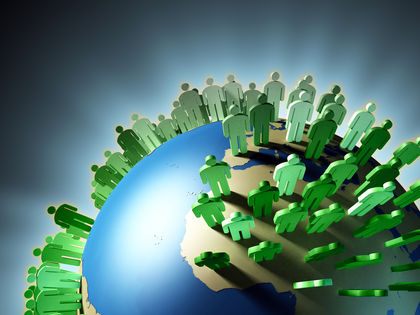South Africa - Population

The population of South Africa in 2003 was estimated by the United Nations at 45,026,000, which placed it as number 26 in population among the 193 nations of the world. In that year approximately 5% of the population was over 65 years of age, with another 34% of the population under 15 years of age. There were 96 males for every 100 females in the country in 2003. According to the UN, the annual population growth rate for 2000–2005 is 0.59%, with the projected population for the year 2015 at 44,266,000. The population density in 2002 was 36 per sq km (93 per sq mi).
It was estimated by the Population Reference Bureau that 50% of the population lived in urban areas in 2001. The capital city, Pretoria, had a population of 1,475,000 in that year. The largest city, the commercial and industrial center of Johannesburg, had a metropolitan population of 2,412,000; the legislative capital, Cape Town, had 2,727,000. Other major cities include East Rand, 2,021,000; Durban, 1,379,000; West Rand, 1,297,000; Port Elizabeth, 1,226,000; and Sasolburg, 1,259,000. According to the United Nations, the urban population growth rate for 2000–2005 was 1.3%. However, more than a third of the people live on only 4% of the land area.
The prevalence of AIDS/HIV has had a significant impact on the population of South Africa. The United Nations estimated that 21.3% of adults between the ages of 15–49 were living with HIV/AIDS in 2001. The AIDS epidemic causes higher death and infant mortality rates, and lowers life expectancy.
Thanks :D